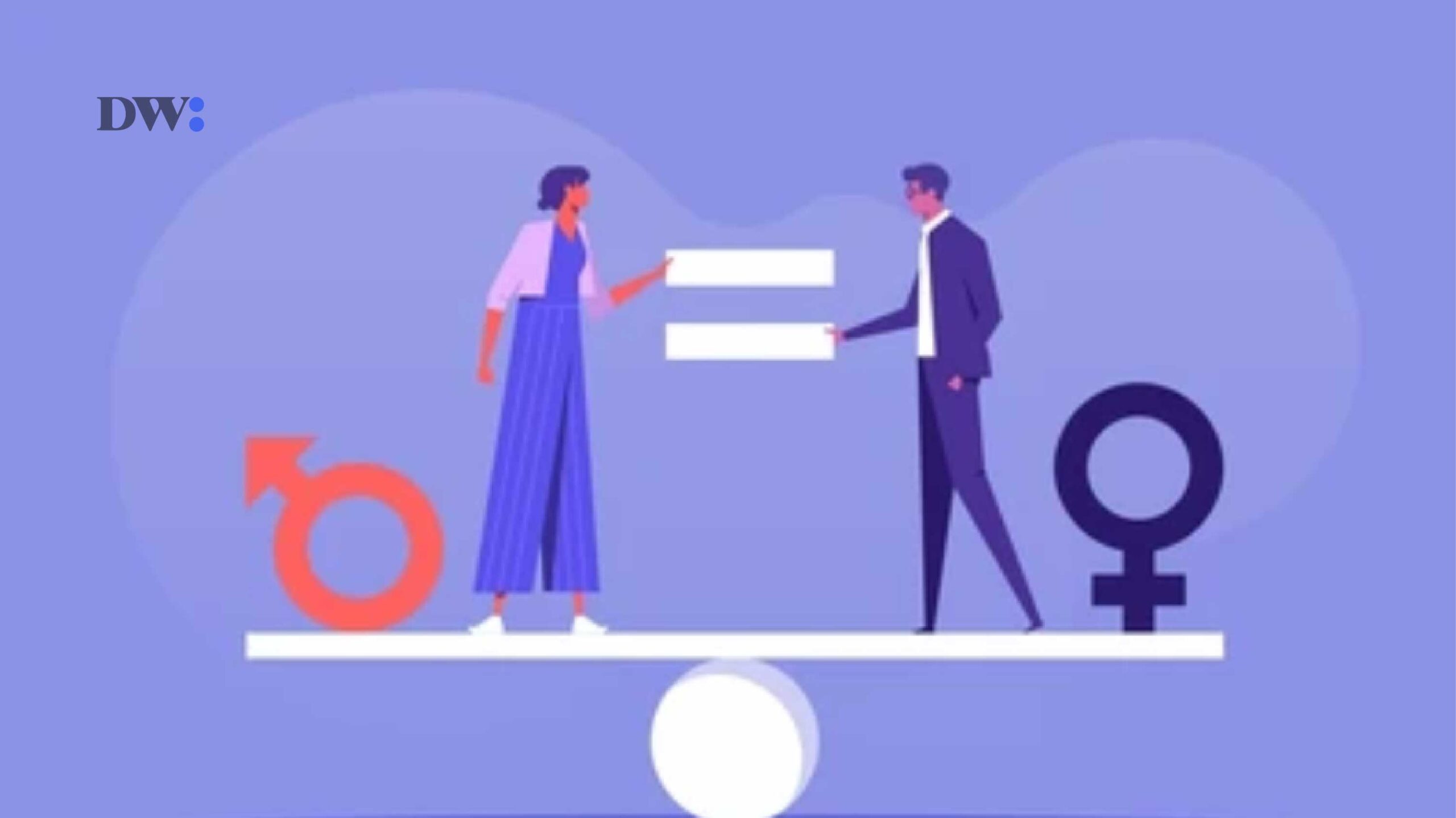Launched in 2006, the Global Gender Gap Index (GGI) monitors how economies are doing in terms of reducing gender disparities. The 18th edition, which looks at 101 countries this year, measures gender parity across 146 economies. The index calculates scores between 0 and 100 to show progress towards parity. Comparing countries across borders aids in identifying successful policies. The results of the 2024 index, trend analysis, and a thorough investigation of historical and new trends are among the major discoveries.
Although no nation has achieved complete gender parity, the 2024 Global Gender Gap Index reveals that 97% of the economies in the index have decreased the gender gap to less than 60% from 85% in 2006. Iceland is ranked first with 93.5%, the only economy to have narrowed the gender gap by over 90%. Seven of the world’s ten economies are in Europe, followed by those of Finland, Norway, Sweden, Germany, Ireland, and Spain. In 2024, Spain and Ireland joined the top performers, while Belgium and Lithuania fell out of the top 10.
Among the 146 economies covered in the index, the Health and Survival gender gap closed by 96%, the Educational Attainment gap by 94.9%, the Economic Participation and Opportunity gap by 60.5%, and the Political Empowerment gap by 22.5%. The most significant shift in political empowerment is Political Empowerment, where parity has jumped 8.3 percentage points to 22.8% over the past 18 editions. The wait for parity in Educational Attainment and Political Empowerment has extended to 20 years, while the timeline for Economic Participation and Opportunity has been set for 152 years. The time to close the Health and Survival gender gap remains undefined.
The 2024 regional gender gap ranking shows Europe leading the way, having closed 75% of its gap in 2024, with an overall improvement of +6.2 percentage points since 2006. The top five European economies – Iceland, Finland, Norway, Sweden, and Germany – all rank in the global top 10. However, 21 out of the 40 economies in the region have closed over 75% of their gender gap, with the distance between the top and bottom ranks indicating broad intraregional disparities.
Europe shows modest gains in economic parity, with a slight uptick of +0.4 percentage points in its Economic Participation and Opportunity score (67.8%). The region’s educational gender parity score is the third-highest globally, while health parity has stagnated. Political parity in Europe has progressively scaled to the highest score among all regions in 2024 (36%).
Northern America ranks second with a gender parity score of 74.8%, but its economic parity score has declined slightly to 76.3%, reflecting disparities in earned income and women’s representation in senior leadership positions. The region maintains stability throughout editions, scoring 100% in Educational Attainment and 96.9% in Health and Survival. In Political Empowerment, Northern America ranks third with a score of 26%, showing progress since 2006, yet also demonstrating persistent underrepresentation of women in ministerial and parliamentary positions.
Latin America and the Caribbean ranks third with a gender parity score of 74.2%, reducing its overall gap by 8.3 percentage points since 2006. The region reached its highest economic parity score to date, of 65.7%, a slight uptick of +.5 percentage points from 2023. Eastern Asia and the Pacific ranks fourth with an overall gender parity score of 69.2%, showing progress since 2023 but revealing significant disparities between countries in labour-force participation rates and workforce representation.
Central Asia ranks fifth with a gender parity score of 69.1%, maintaining near-parity status in Educational Attainment, the second-highest score of all regions (99.6%). However, the region saw a regression in both economic and political parity, with the 73.4% Economic Participation and Opportunity parity score being -0.6 points lower than in 2023.
Sub-Saharan Africa ranks sixth with a gender parity score of 68.4%, showing an overall +5.6 percentage points since 2006. The region has closed over 70% of its gender gap, with 21 out of 35 economies in the top 100. Economic Participation and Opportunity stand at 68.1%, with progress in labour-force participation and positive results in technical and professional roles. However, the top and bottom ranks are divided by 22.8 percentage points.
Southern Asia ranks seventh with a gender parity score of 63.7%, showing a modest +3.9 percentage-point improvement since 2006. Six out of seven economies in the region rank below the top 100, with only six having closed two-thirds of their gender gap. Southern Asia ranks last in Economic Participation and Opportunity, with a gender parity score of 38.8%, indicating low labour-force participation rates for women and significant gender disparities in leadership roles.
Middle East and North Africa (MENA) ranks last among all regions, with a gender parity score of 61.7%, but has seen an overall positive trajectory since 2006. MENA countries rank 7th overall, with widespread gender parity in literacy and enrolment across education levels.
The African country with the highest ranking is South Africa at 18 out of 146 countries and the country with the lowest is Sudan at 146. The global gender rankings rank Nigeria at 125 out of 146 countries. Based on sub-indexes, Nigeria is ranked 49 on economic participation and opportunity, 138 on educational attainment, 97 on health and survival and 136 on political empowerment.
The 2024 GGI paints a picture of a world gradually moving towards gender equality. The report highlights areas of success, particularly in Europe, but also emphasizes the urgency of addressing persistent regional and national disparities. By identifying gaps and learning from leading economies, all countries can accelerate progress towards a more equitable future.

Leave a Reply